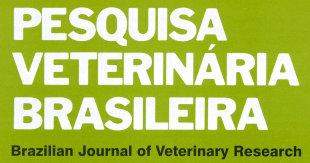This study aimed to describe the origin and branching of nerves from twenty brachial plexuses of crab-eating foxes (Cerdocyon thous). Ten animals of the species, obtained post mortem from being run over on highways, were used for the study, in accordance with the authorization from IBAMA / SISBIO No. 33667-1. Once collected, the cadavers were fixed in 50% formaldehyde and kept for at least 14 days in a solution of 10% formaldehyde before dissections. After removal of skin, incisions in breast muscles and reflection of thoracic limbs allowed access to axillary space and the nerves could have trajects dissected individually to each muscle insertion. To improve visualization of the cervical and thoracic ventral roots that originated every single nerve, muscles that covered the intervertebral foramina, transverse processes and vertebral bodies were removed ventrally and the spinal cord exposed. Schematic drawings and photographic records documented the origin and branching of nerves. The twenty plexuses were resulted from connections between the ventral branches of the last three cervical spinal nerves (C6, C7 and C8) and first thoracic (T1). These branches derived the nerves suprascapular, subscapular, axillary, musculocutaneous, radial, median and ulnar to the intrinsic muscles and brachiocephalic, thoracodorsal, lateral thoracic, long thoracic, cranial and caudal pectoral nerves to the extrinsic muscles of the thoracic limb. It was found that the ventral rami of C7 were the main contributors in the formation of nerves (61.5%), followed by C8 (55.4%), T1 (41.2%) and C6 (30.8%). The t-test comparison between means at a significance level of 5% showed no differences in the origin of plexus when compared antimeres and sexes. Of the total of 260 dissected nerves, 68.8% originated by the combination of two or three roots, while only 31.2% were formed by a single root. The combination between C8 and T1 was the most frequent origin of nerves to the plexus (23.8%) in this species. Comparing the origin, branching and innervation area of the brachial plexus in C. thous with other domestic and wild species, there was a greater similarity with the domestic dog. These results may give the anatomical basis to diagnosis of neuromuscular disorders, anesthetic blocks techniques and comparative morphofunctional analyzes involving this species.
Brachial plexus; morphology; wild carnivores; animal anatomy; Cerdocyon thous





